One of the dishes that perfectly captures the essence of Bengali cuisine is Bengali luchi. A deep-fried puffed bread made with all-purpose flour, luchi is a staple in every Bengali household. In this article, I will take you through the authentic recipe – from kneading the dough to achieving that perfect puffiness – so you can recreate this delicacy in your kitchen.
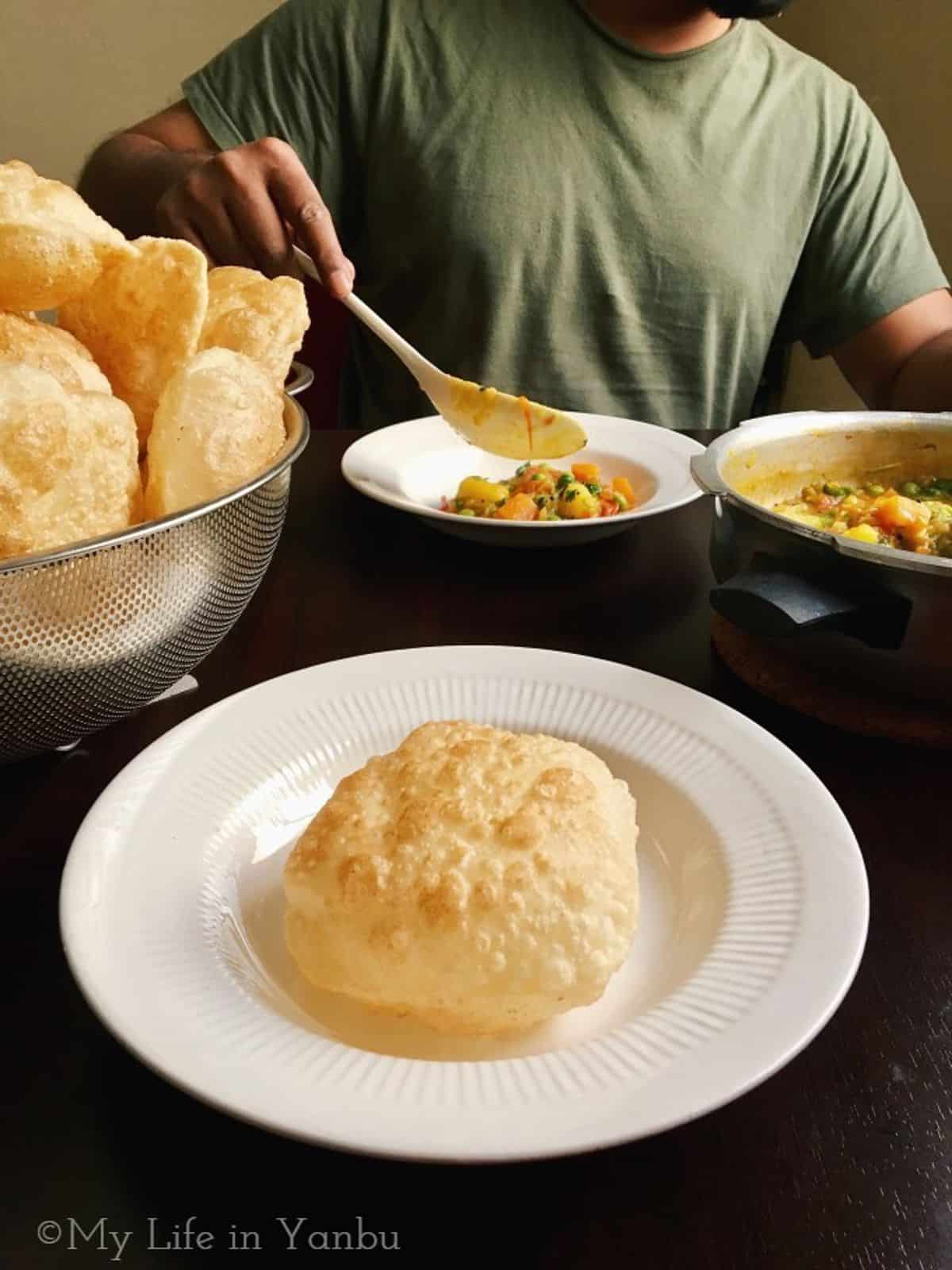
One cannot underestimate the sheer joy that comes from biting into a freshly prepared luchi. Its lightness combined with the slight crunch makes it an irresistible treat for breakfast or brunch. It pairs perfectly with classic Bengali dishes such as Cholar Dal, Aloo Dum or Kosha Mangsho.
Deep-fried puffed bread is mostly a weekend breakfast affair that brings F to the kitchen though unwillingly but does a good job of frying each Luchi perfectly, while I take the credit for the perfectly round shape 😛
Ingredients
- all-purpose flour
- salt
- ghee
- water
- oil
Instructions
The process of making luchi involves kneading the dough using all-purpose flour, water, ghee, salt and sometimes a pinch of sugar. Roll out the well-rested dough into small circles, then carefully drop them into hot oil for frying. As it sizzles away, the luchi puffs up beautifully, creating a golden and crispy exterior while remaining soft and airy inside.
Rolling Luchi into perfect rounds requires skill, but it's completely normal if you don't succeed on your first attempt. Like any skill, it improves with practice.
Did you know?
You don't have to reserve luchi solely for savoury delights; enjoy them with sweet accompaniments too. For those with a sweet tooth, try dipping your luchi in richly flavoured milk-based sweets like payesh (rice pudding) or mishti doi (sweet yoghurt). The contrast between the warm fried bread and cool creamy desserts will leave you wanting more.
Equipment
- a deep Kadai or wok to deep-fry Bengali luchi.
- a slotted spoon to remove the fried bread.
- a wired basket like a colander to keep fried luchi.
FAQ
People widely consume poori and luchi, both popular deep-fried breads, in different parts of India. While they may appear similar, there are a few key differences between the two.
Ingredients - Traditionally, people make pooris with whole wheat flour (atta), while they prepare Luchi using all-purpose flour (maida) instead.
Texture - Pooris puff up beautifully and tends to be crisp on the outside while remaining slightly soft inside. Luchis puff up but are delicate and flaky in texture.
People commonly find pooris across various regions of India, while Bengali cuisine specifically associates Luchi with its dishes. In summary, deep-fried breads like poori and luchi differ in flour choice, texture, size, and regional associations.
Luchi is a traditional deep-fried bread that originated in the eastern regions of Bengal, including present-day Bangladesh and the Indian state of West Bengal. It has been a staple in Bengali cuisine for centuries and has evolved through culinary practices and influences in the region. Luchi shares similarities with other deep-fried bread found in different parts of India, such as poori.
Related
Looking for other Indian bread recipes like this? Try these:
Pairing
These are my favourite dishes to serve with Bengali Luchi:
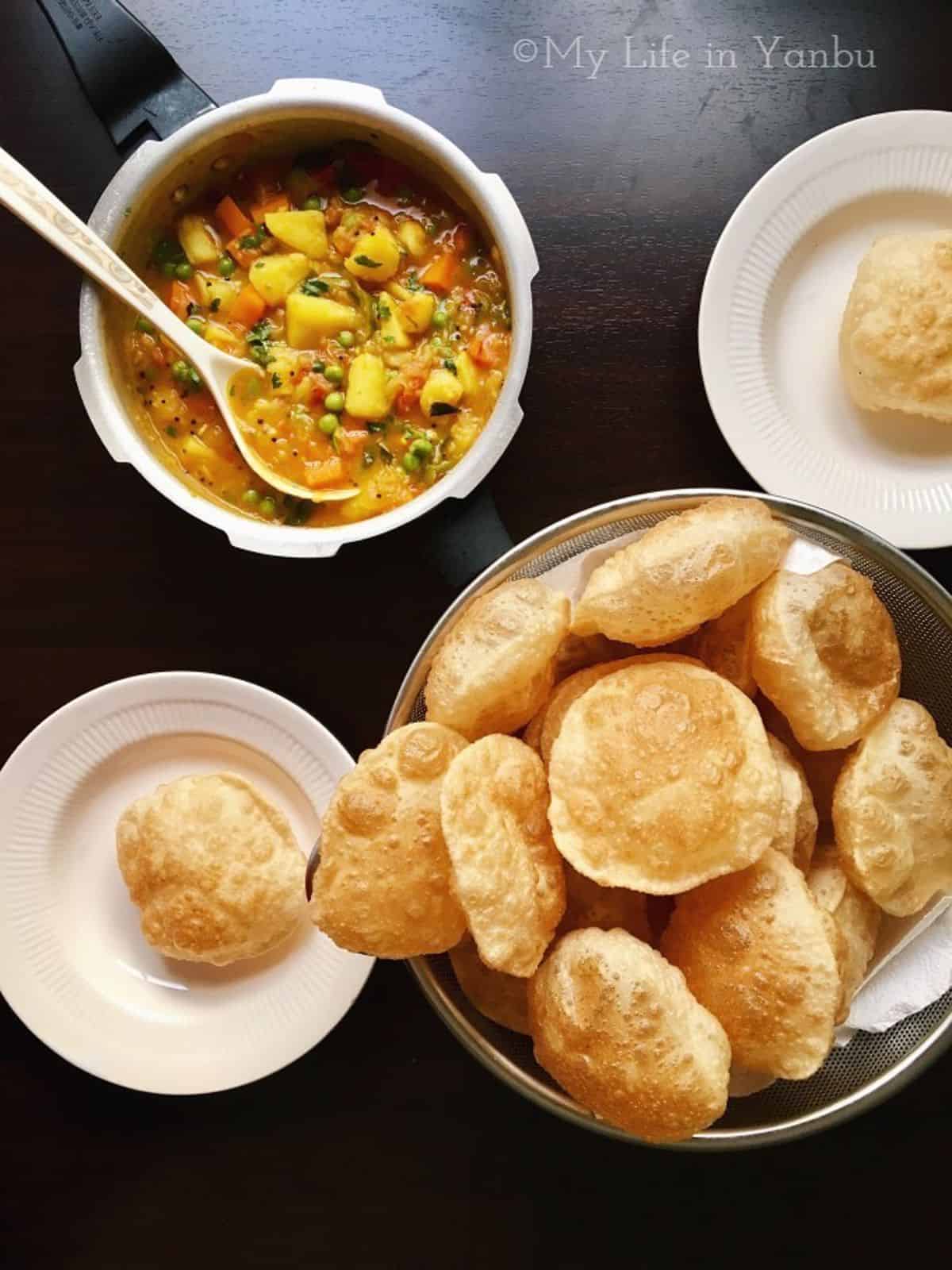
📖 Recipe Card

Bengali Luchi
Ingredients
- 2 cups all-purpose flour
- ½ teaspoon salt
- 2 tablespoons ghee
- ¾ cup water, warm
- cooking oil, (for rolling)
- Oil to deep fry
Instructions
Prepare the Dough:
- Combine flour, salt and ghee in a large bowl.2 cups all-purpose flour½ teaspoon salt2 tablespoons ghee
- Rub the flour with both your hands until it resembles crumbs.
- Gradually, add the water and use a circular motion with your fingers to incorporate the water into the flour and make a dough.¾ cup water
- Knead the dough in the bowl or on the counter for 5 to 8 minutes or so to make a tight and smooth dough that is not sticky.
- Coat the dough ball with some oil and cover it completely and let it sit aside to rest for 10 to 20 minutes.
Prepare the Luchi:
- Divide the dough into equal balls (depends on your kadai size) I made a 3-inch diameter Luchi Pooris and got around 15 to 20.
- Heat plenty of oil in a kadai until very hot.Oil to deep fry
- Take a ball of dough, spread some oil on both sides and roll it out into a 3-inch circle.cooking oil
- Repeat the same process to roll out the rest of the dough balls and keep them separate and covered.
- Start to fry by first testing the oil. Pinch a small piece of dough and drop it in the oil. If the dough sizzles up to the surface right away the oil is ready.
- Slide the rolled-out Luchi Poori into the hot oil and immediately splash some hot oil over the top of it with a slotted spatula. This helps kick-start the puffing of the bread. You can also try and gently press down on the Luchi Poori for a few seconds with the back of the spatula to puff it up.
- Flip over and fry the other side until golden brown.
- Drain and remove the luchi poori and place it in a basket with paper towels.
- Serve hot with Potato Masala, Cholar Dal, Kosha Mangsho, etc.
Notes
Nutrition Info
I found this blog post by The Past is Foreign Pantry a window to Bengali cuisine. Do save it and read it when you have time.

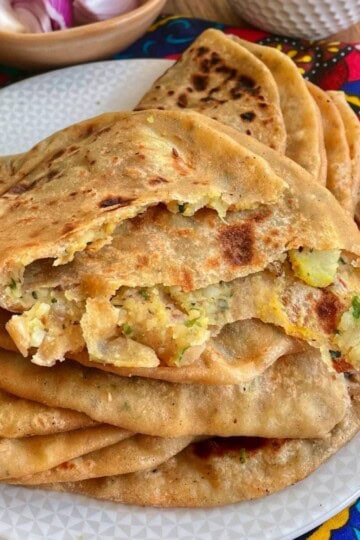

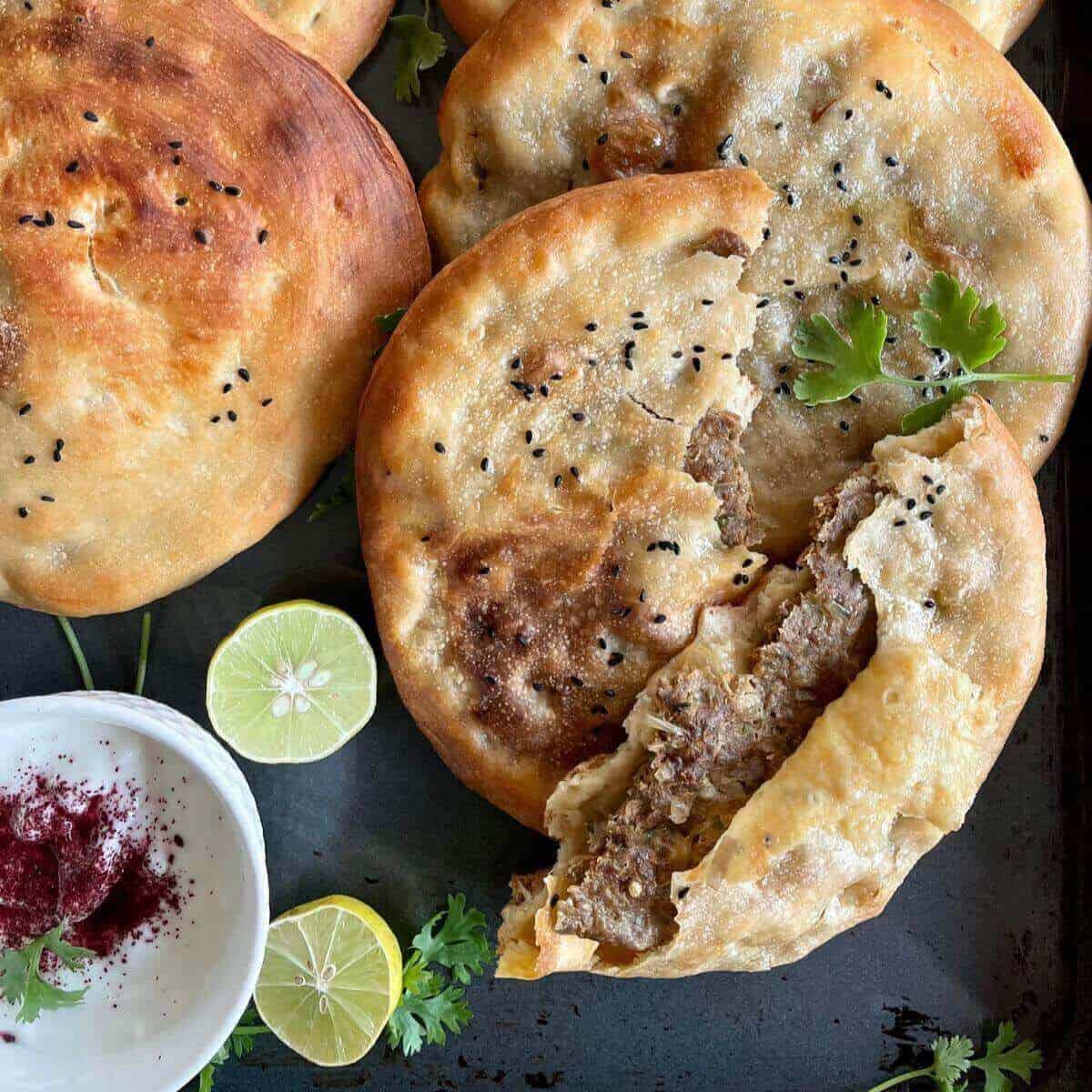
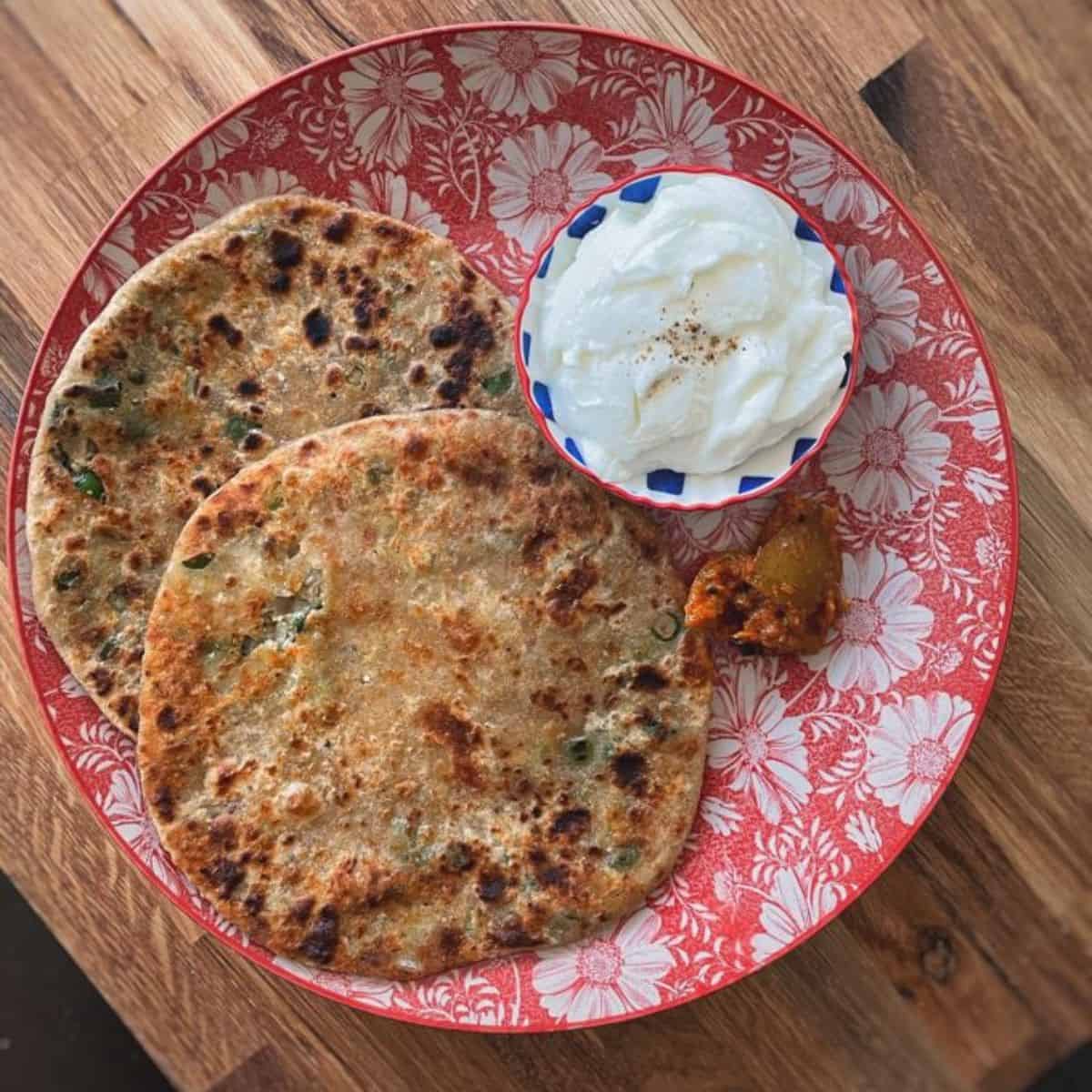

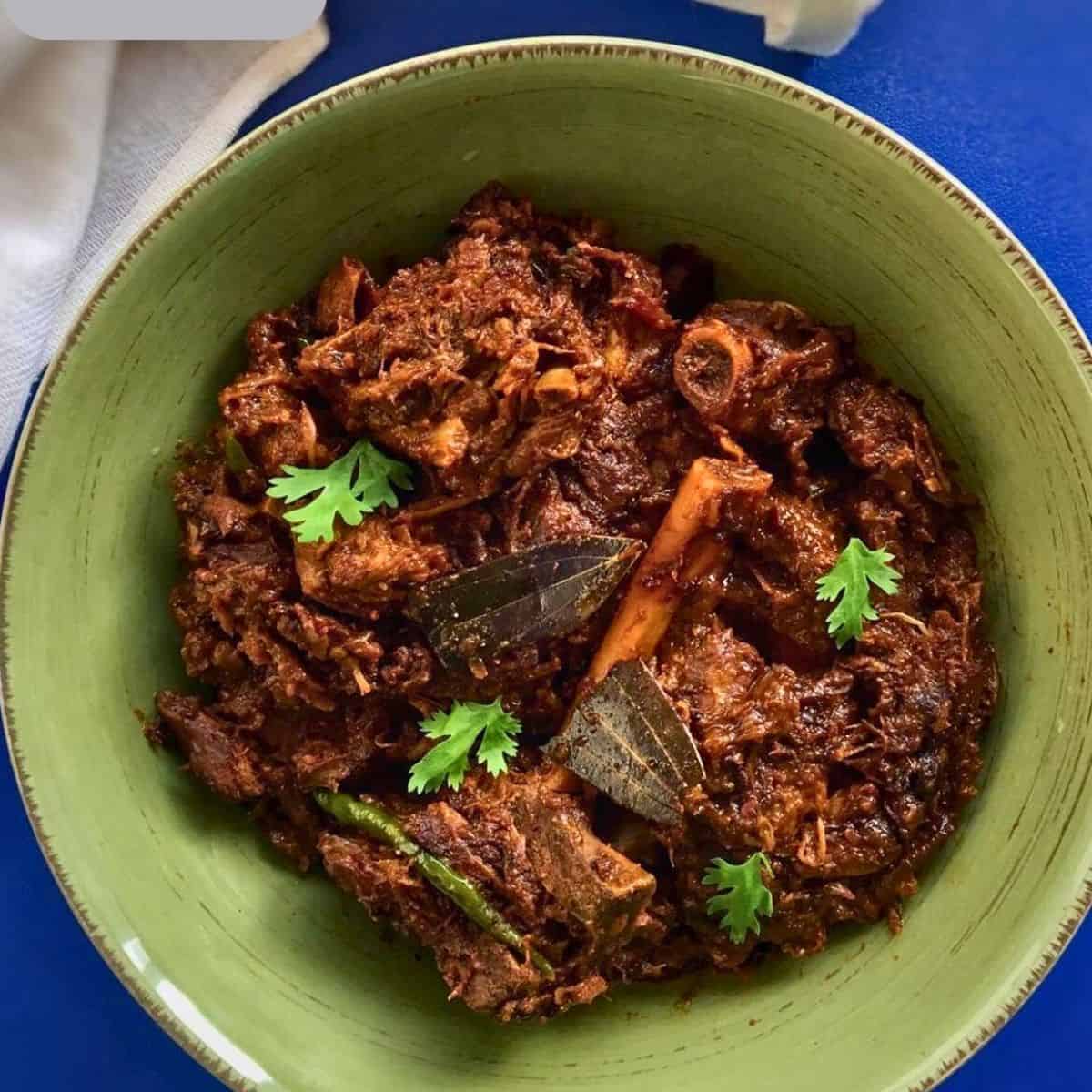






Comments
No Comments